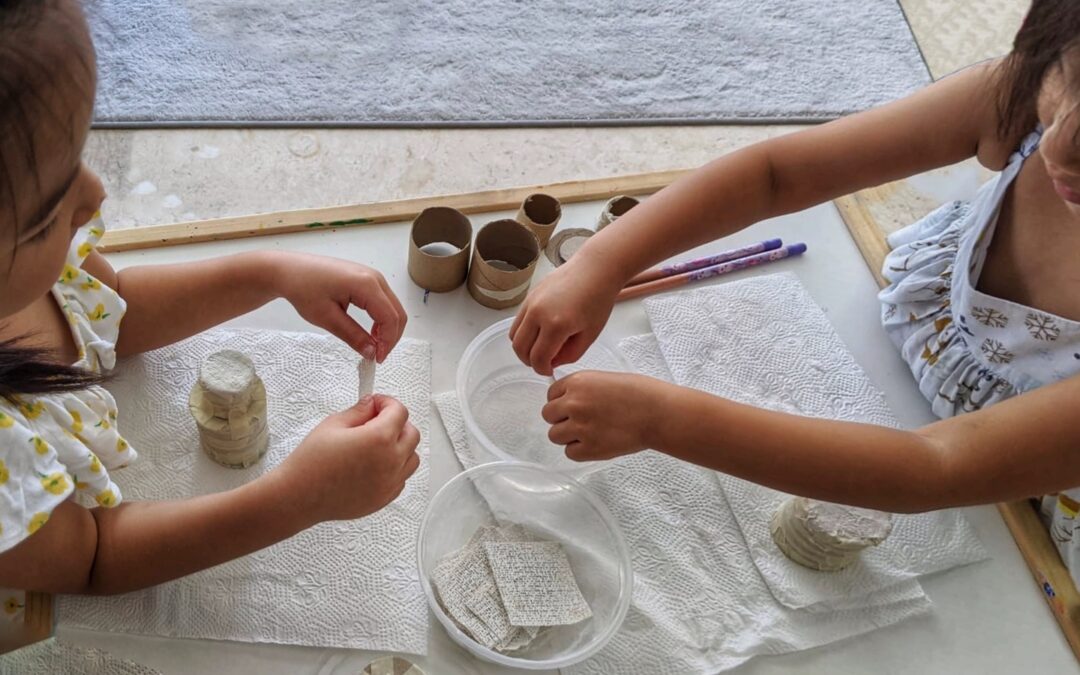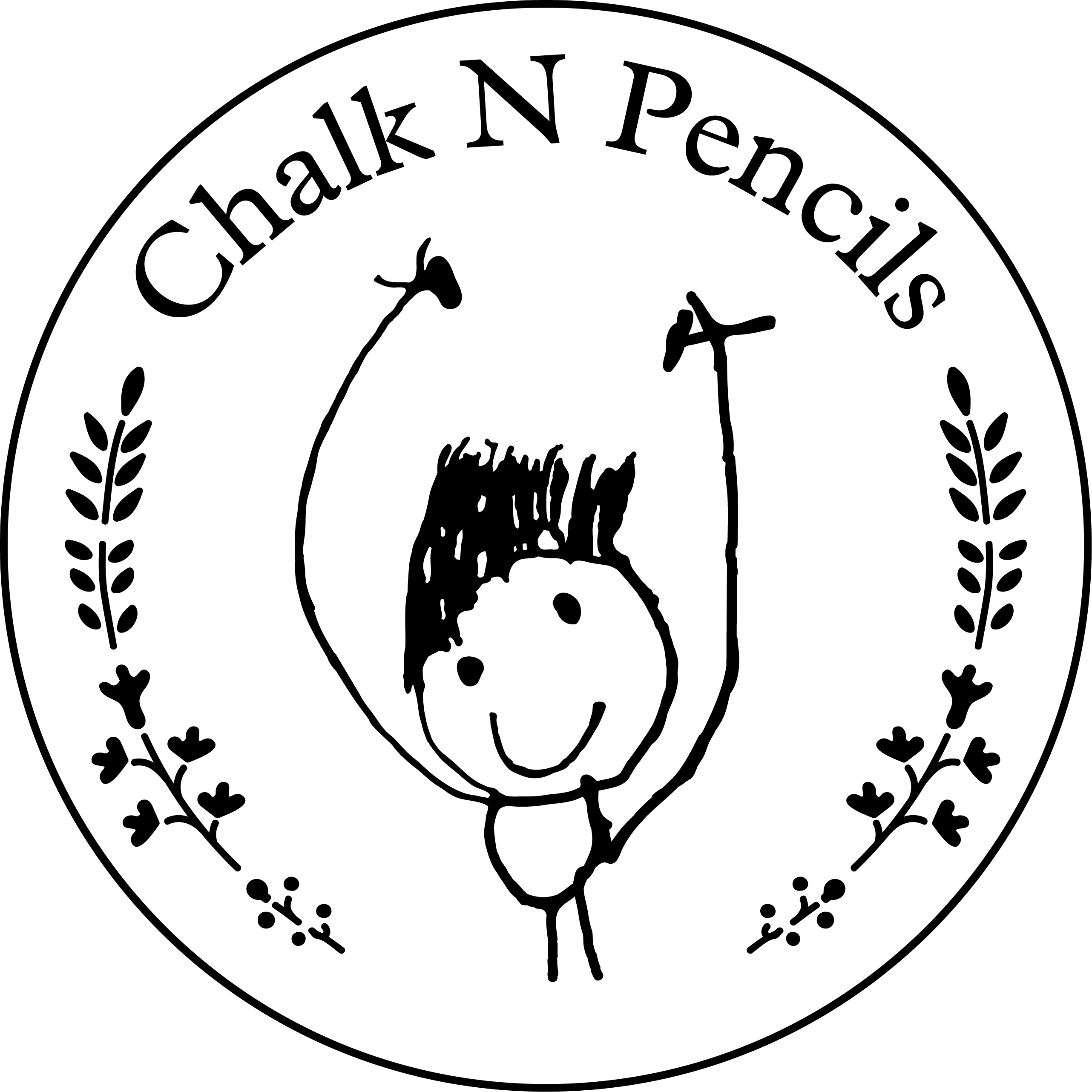Have you wondered how children’s art classes can play a crucial role in your child’s overall development? Well, you’re not alone!
Many parents ponder the significance of art education in their kids’ lives. In this article, we’ll explore the benefits of art in child development and how it can unleash your child’s creativity, confidence, and cognitive skills.
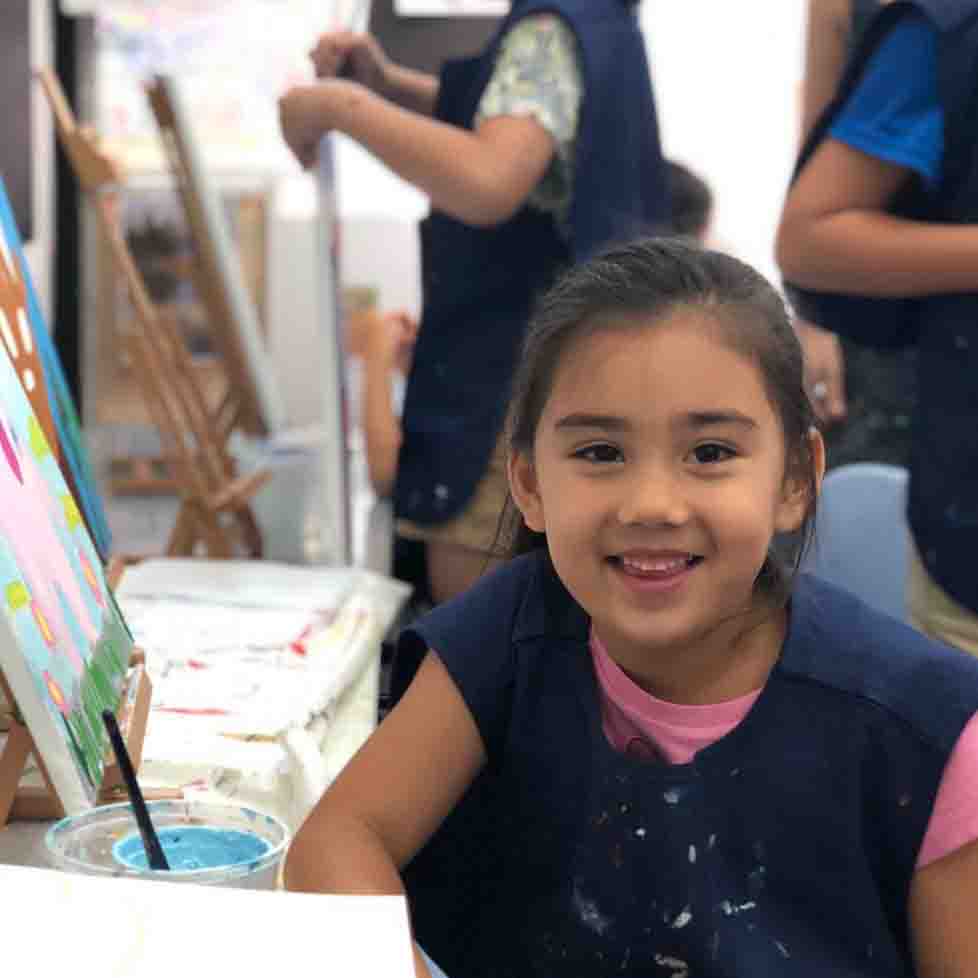
How Can Children’s Art Classes Enhance Your Child’s Development?
- Boost cognitive development: Research has shown that engaging in art activities can improve a child’s cognitive abilities. From problem-solving to critical thinking, art offers a fantastic platform to stimulate their minds.
- Improve motor skills: As children paint, draw, or sculpt, they develop fine motor skills. They learn to control their hand movements and gain better hand-eye coordination by handling different tools.
- Foster emotional intelligence: Art allows children to express their emotions healthily. It helps them understand their feelings and empathise, building their emotional intelligence.
- Encourage creativity and imagination: Art nurtures a child’s innate curiosity and encourages them to think outside the box. It opens up a world of possibilities where they can explore their ideas and bring them to life.
Real-life Stories:
How Art Impacted Children’s Lives
Now that we know the benefits of children’s art classes, let’s look at some real-life stories that demonstrate the power of art in child development.
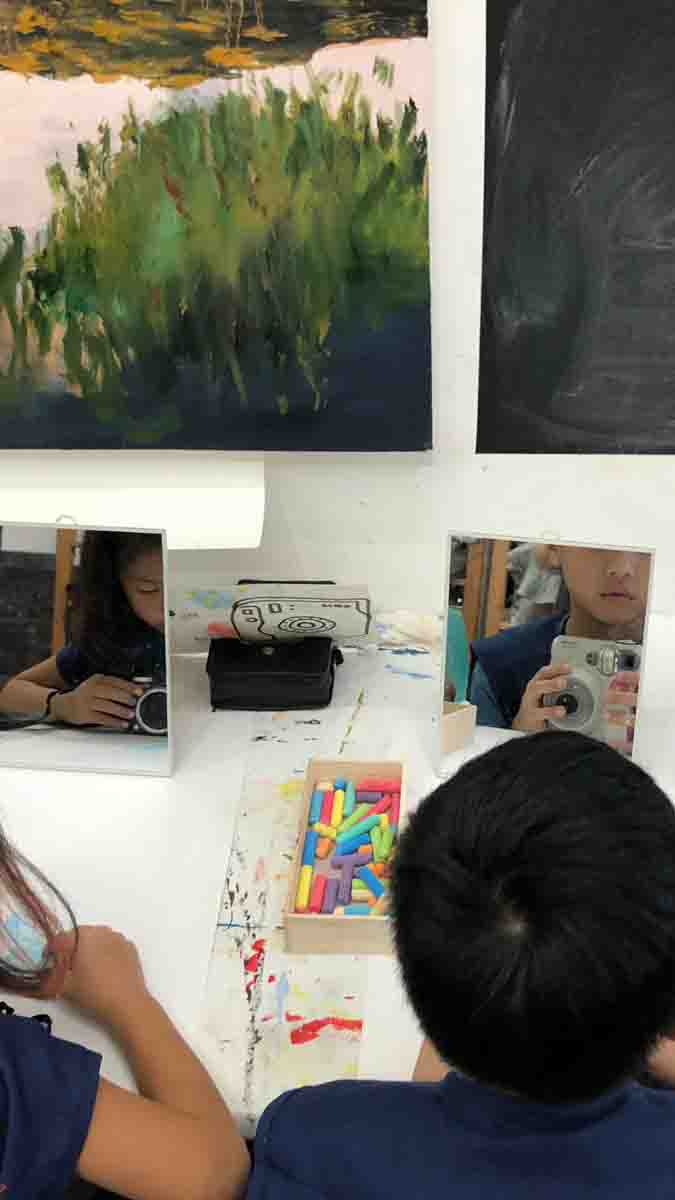
Six-year-old Sarah had always been a shy and introverted child. Her parents enrolled her in a 5-6-year-olds art class to help her come out of her shell. Through the process of exploring various art mediums, Sarah discovered a way to express her emotions and thoughts. Over time, she became more confident and communicative, blossoming into a well-rounded individual.
Max, an 8-year-old boy, struggled with problem-solving and critical thinking. His parents decided to give art classes for 7-12 year olds a try. Max was encouraged to think creatively during the lessons and develop innovative solutions to artistic challenges. Gradually, he developed better problem-solving skills, positively impacting his academic performance.
How Can You Support Your Child’s Artistic Journey?
- Create a creative space: Set up an area in your home where your child can freely explore their artistic ideas. Provide them with various materials, such as paint, clay, and coloured pencils.
- Encourage exploration: Let your child experiment with different art forms and techniques. Encourage them to try new things, even if they don’t turn out perfect. Remember, the process is more important than the end result.
- Show interest and appreciation: Take the time to admire your child’s artwork and ask about their creative process. By showing genuine interest and appreciation, you’re boosting their confidence and reinforcing the importance of their artistic pursuits.
- Expose them to various art forms: Visit art galleries, museums, and local art events with your child. Exposing them to different styles and genres can inspire creativity and broaden their artistic horizons.
- Enrol them in art classes: Children’s art classes provide a structured environment for learning and socialising with other like-minded kids.
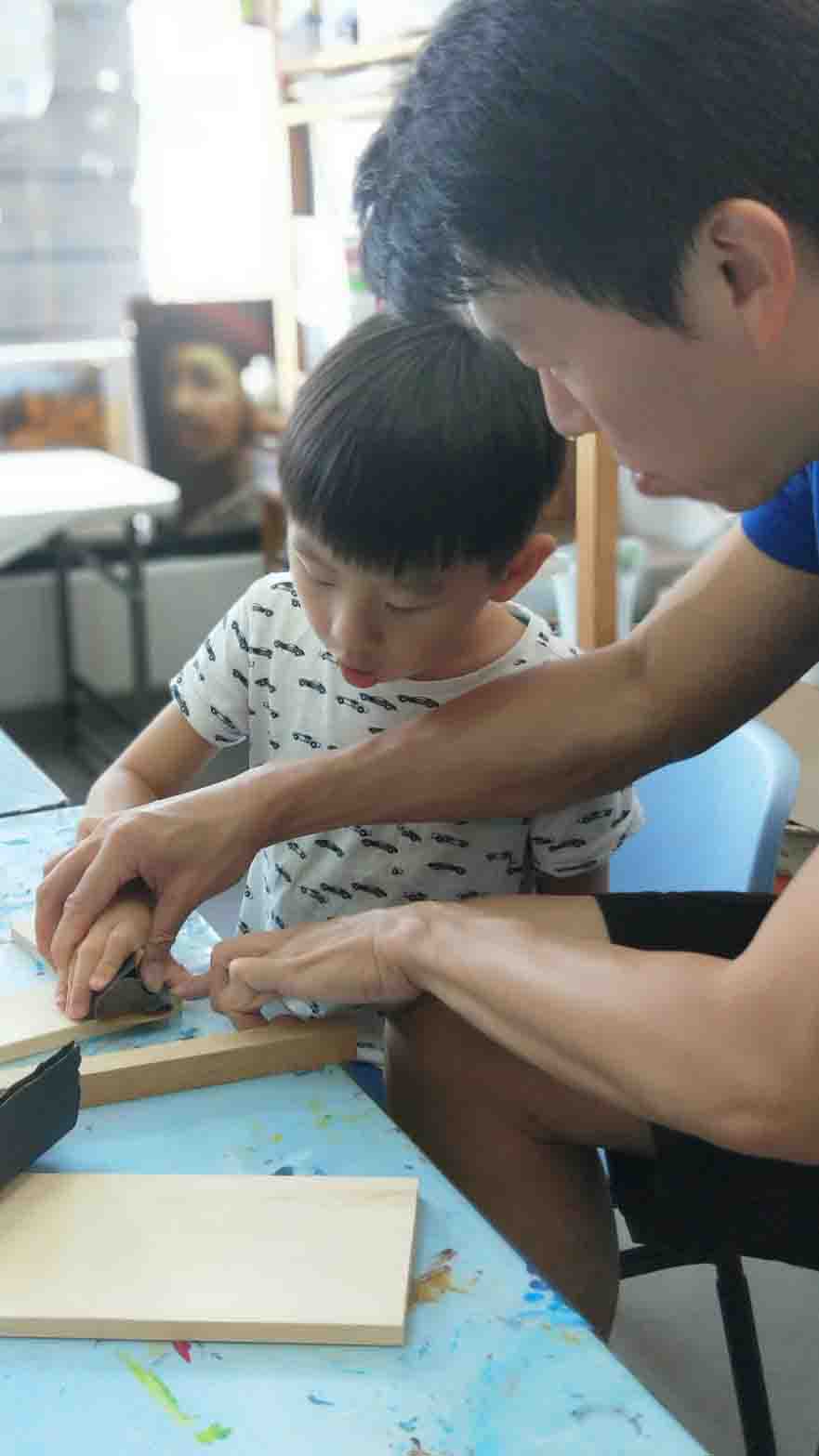
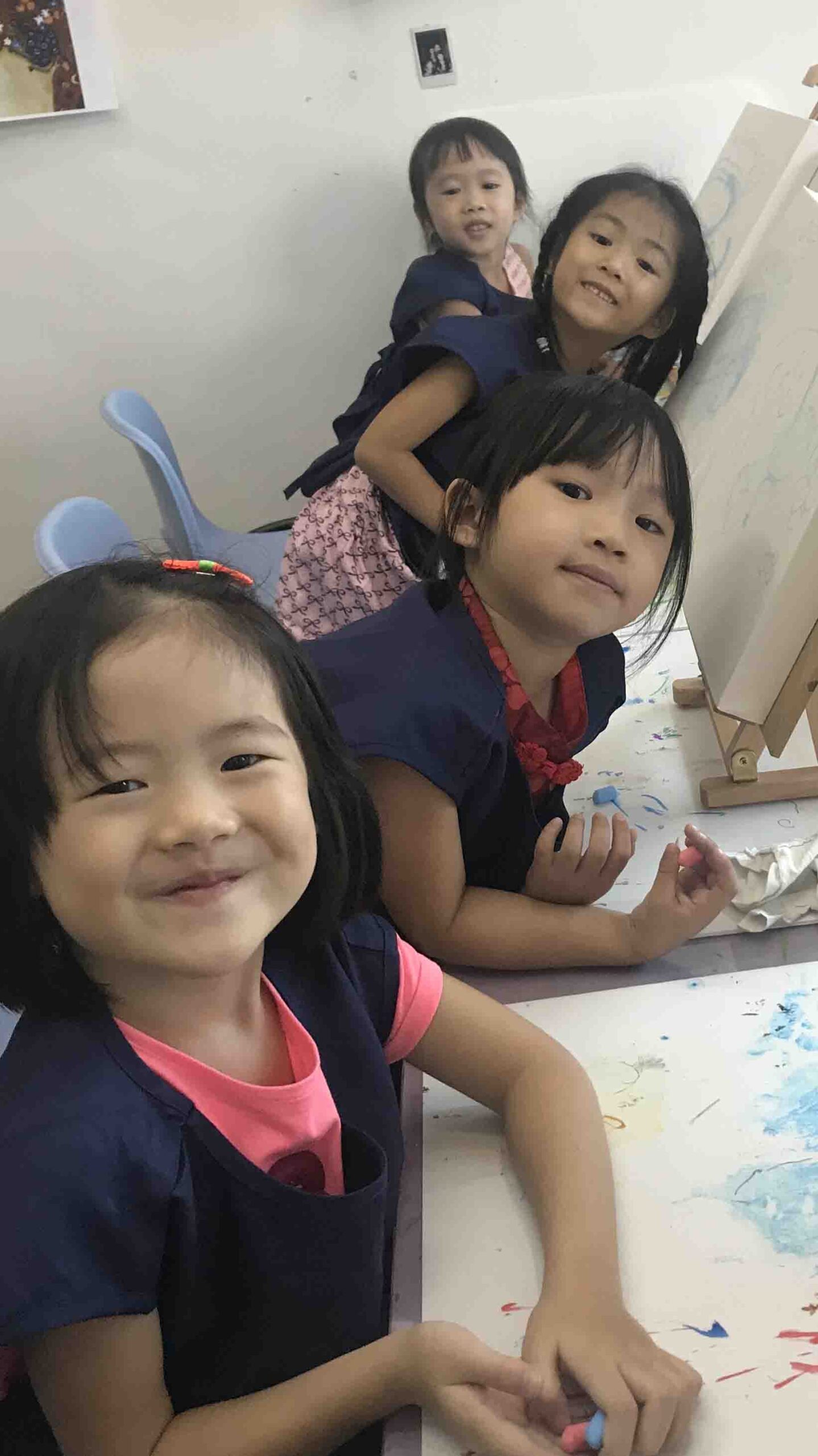
Tips for Choosing the Right Art Class for Your Child
- Class size: Smaller class sizes ensure personalised attention and support from the instructor.
- Teaching approach: Look for classes that emphasise exploration, creativity, and self-expression rather than focusing on perfection and technique.
- Qualified instructors: Ensure the instructors have relevant experience and qualifications in teaching art to children.
- Age-appropriate grouping: Choose a school that separates children into age groupings to provide learning experiences that cater to each child’s developmental stage. This approach ensures age-appropriate instruction, engages and challenges students, and promotes positive social interactions among peers with similar abilities and milestones.
- Age-appropriate curriculum: Choose a program tailored to your child’s age group, such as our Art Classes for 3-4 year olds, Art Classes for 5-6 year olds, or Art Classes for 7-12 year olds.
Exploring Different Types of Art Activities for Children
Various art activities can cater to your child’s interests and abilities. Exposing your child to a wide range of artistic experiences will help them discover their unique talents and preferences. The following are some art activities that we teach at Chalk N Pencils:
- Drawing and painting: This category covers various techniques like sketching, watercolour and acrylic painting. These activities help children develop fine motor skills, colour theory understanding, and composition skills.
- Sculpture and pottery: Working with clay or paper-mâché encourages tactile exploration and three-dimensional thinking. Sculpture and pottery also improve hand-eye coordination and spatial awareness.
- Collage and mixed media: Combining different materials, like fabric, paper, and found objects, enables children to think creatively and develop their composition skills.
- Printmaking: Techniques such as block printing, screen printing, and collagraph help children understand the concept of texture, and positive and negative space, along with enhancing their fine motor skills.
The Long-lasting Impact of Art Education
Enrolling your children in age-appropriate art classes and supporting their artistic journey, you’re helping unlock their full creative potential. So why wait?
Frequently Asked Questions on Art in Child’s Development
1. When should I enrol my child in an art class?
There’s no specific age requirement for enrolling your child in an art class. However, children as young as 3-4 years old can benefit from structured art programs. Look for age-appropriate classes like Art Classes for 3-4 year olds to ensure your child has a positive and engaging experience.
2. My child shows little interest in art. Should I still enrol them in an art class?
Yes, it’s worth trying art classes even if your child shows little interest. Art classes expose them to new ideas, materials, and techniques that might spark their curiosity and creativity. The skills they learn in art classes can also benefit them in other areas of their lives.
3. How often should my child attend art classes?
The frequency of art classes depends on your child’s interest, availability, and the specific program you choose. Most children’s art classes meet once weekly for 1-2 hours. Regular attendance is essential for your child to develop their skills and enjoy the full benefits of art education.
4. Can art classes help my child improve their academic performance?
Yes, art classes can indirectly contribute to better academic performance. Art activities help develop cognitive skills, such as problem-solving, critical thinking, and focus, which can be applied to other academic subjects. Additionally, art classes can improve your child’s emotional well-being and self-confidence, leading to a more positive attitude toward learning.
5. My child is already involved in other extracurricular activities. Should I still enrol them in art classes?
While it’s crucial to maintain a balance between academics and extracurricular activities, adding an art class can provide valuable benefits to your child’s overall development. Art classes can complement other activities by fostering creativity, self-expression, and emotional intelligence. You should discuss with your child and gauge their interest and availability before enrolling them in an art class.
Exclusive Offer for Our Readers!
$5 off a trial art class at Chalk N Pencils when you click through this link and send us a message on WhatsApp.
Join Our Community
Eager to start your artistic journey? Join our community of artists in Singapore today! Whether you're looking to learn, create, or simply enjoy the company of fellow art enthusiasts, Chalk N Pencils is the place to be.

